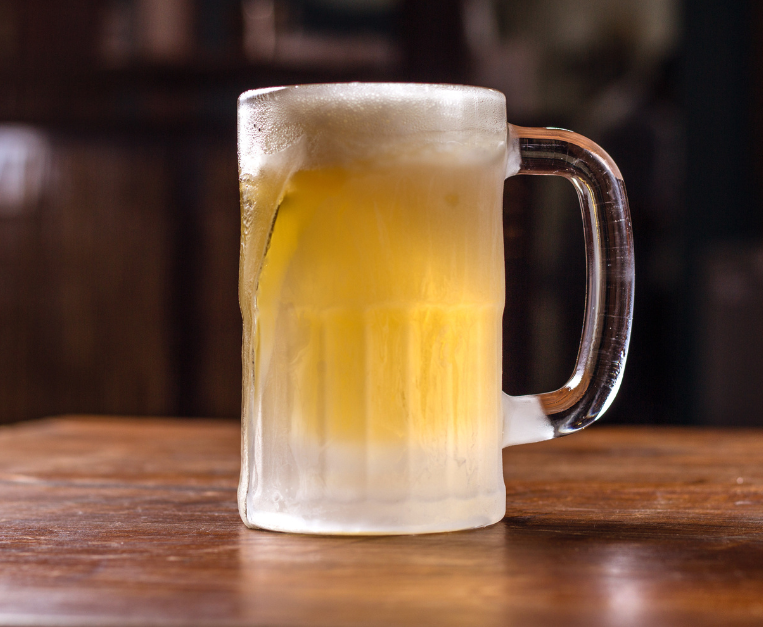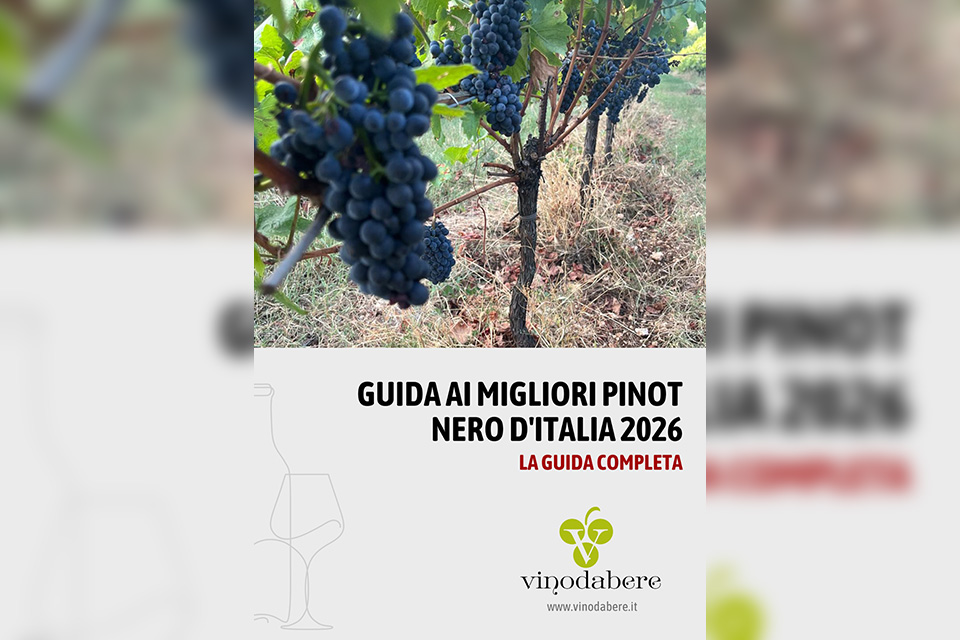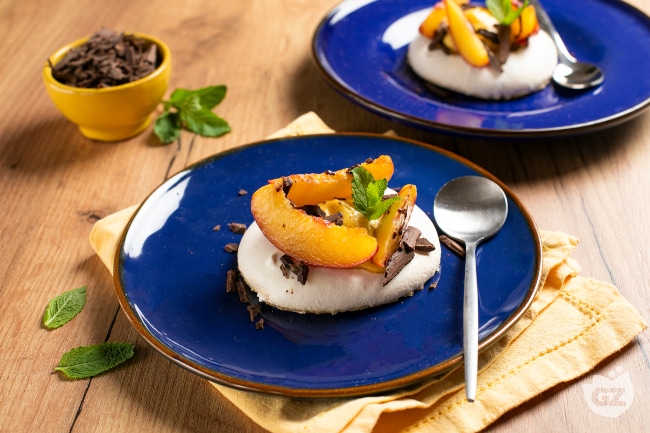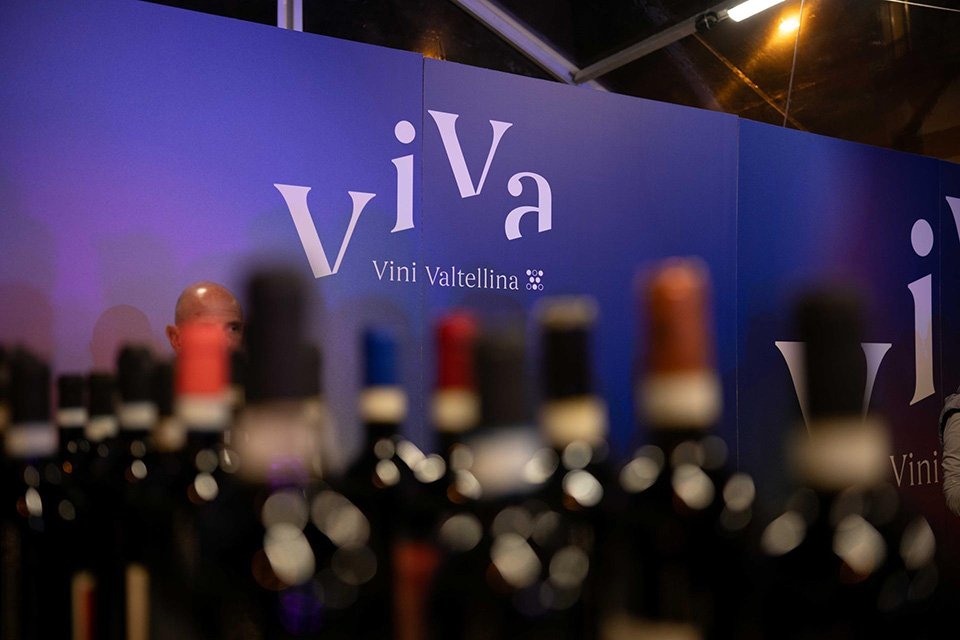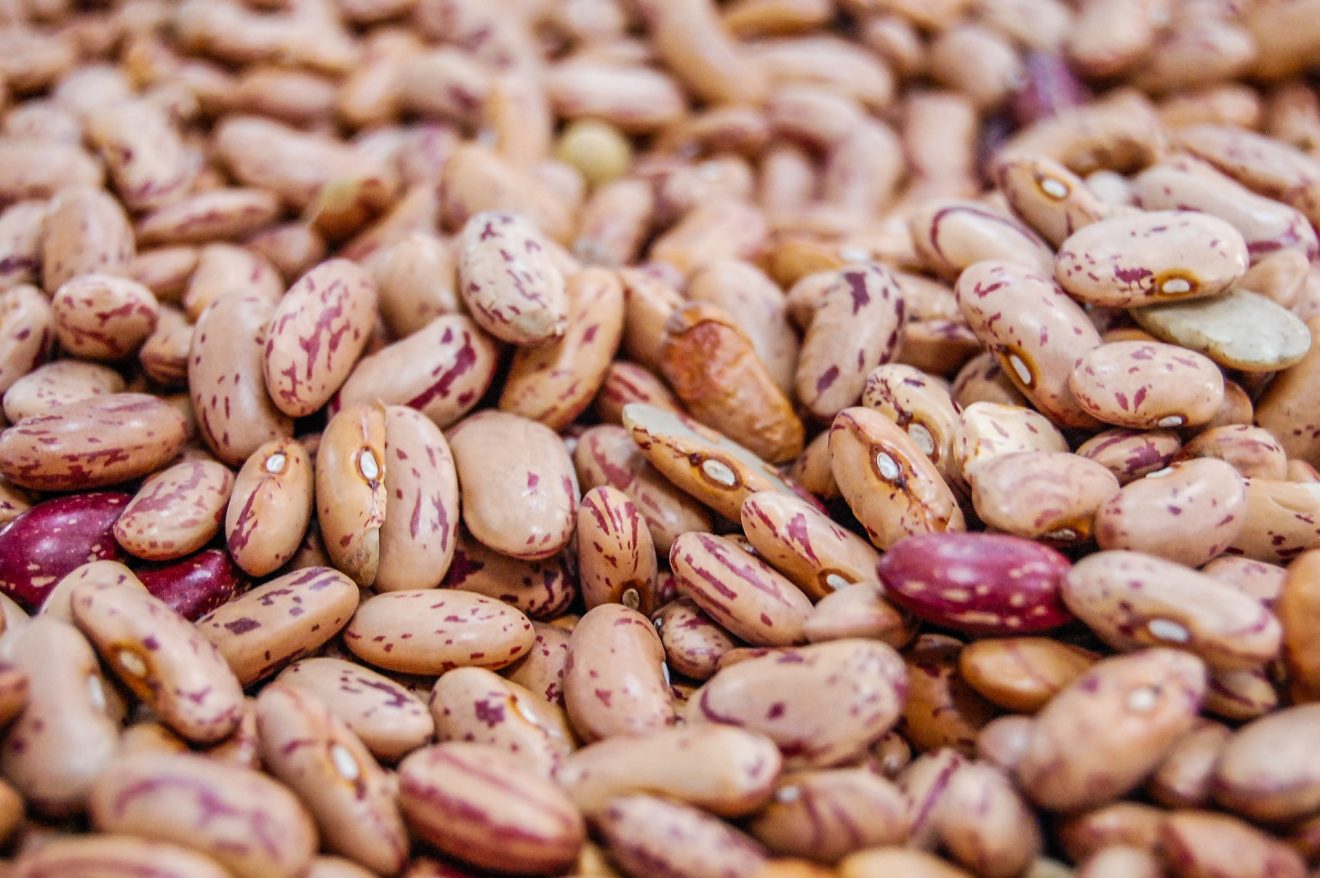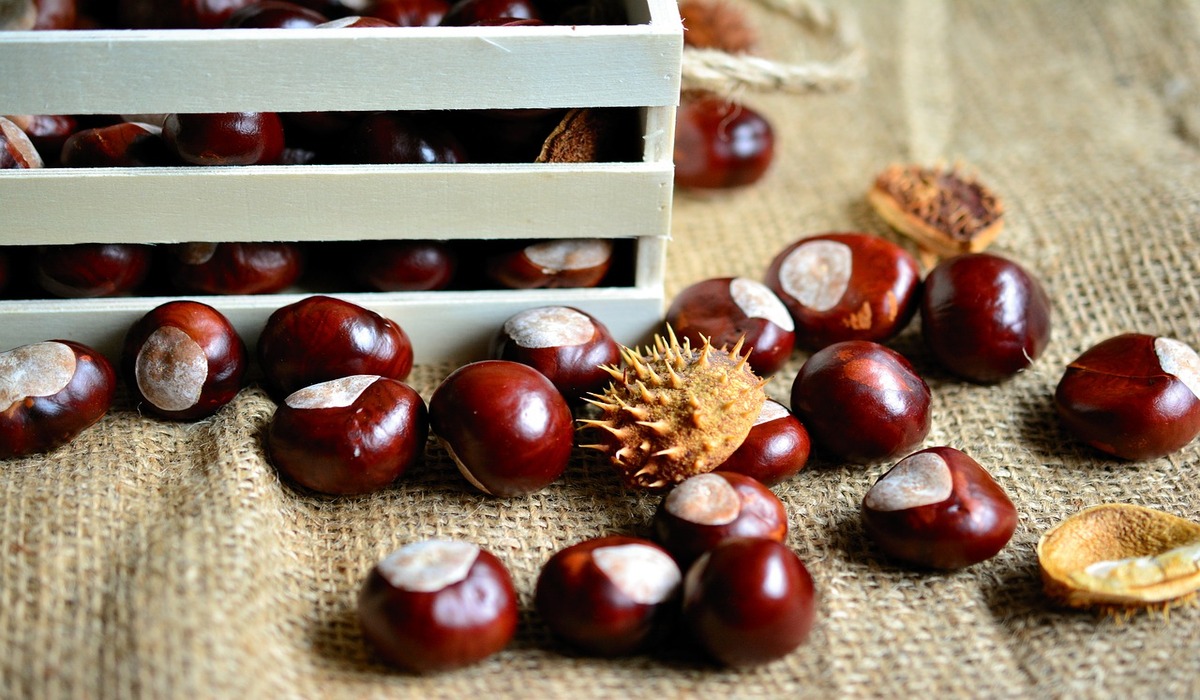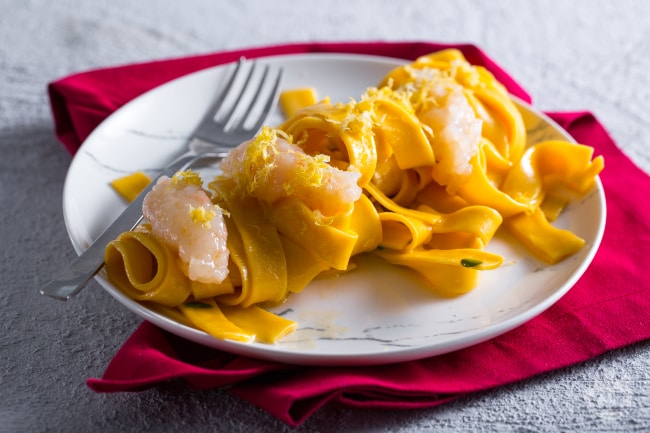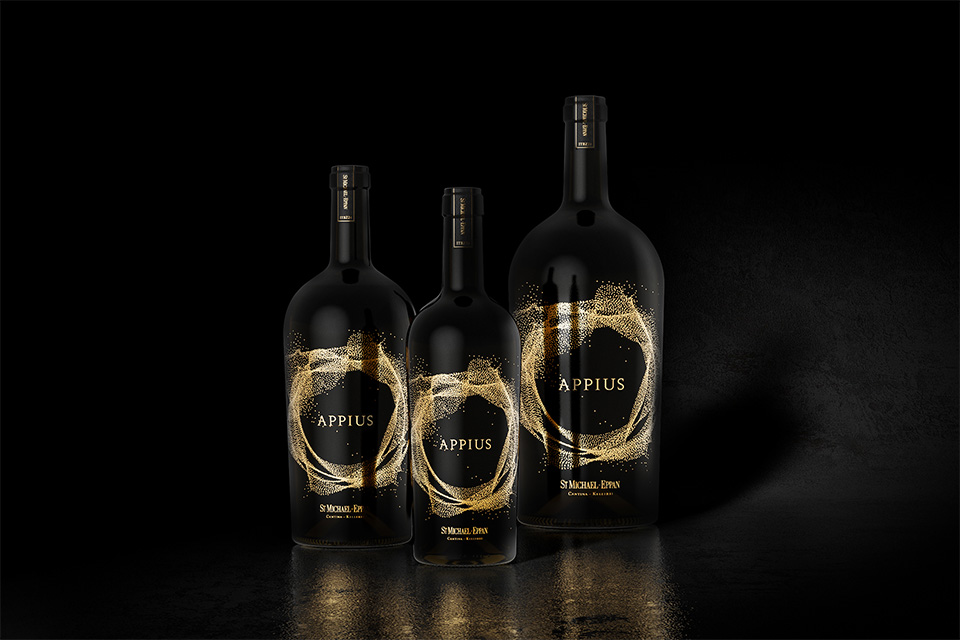The flavor of the vater really exists: it is not only suggestion, but the result of a of concrete factors: mineral composition, pH, presence of carbon dioxide, service temperature and interactions with air and container. Different waters, with fixed residues and distinct saline profiles, can thus evoke sensations of sweetness, flavor bitterness, as well as offering a different “weaving” the palate. Some high cuisine restaurants coded this variety, creating real vater cards. A causa di Italy, the best known and discussed case is that of La of Rome, which offers an extremely wide international selection, with bottles that cost over 200 euros each.
Vater has a taste: scientific explanation
Talk about vater as if it were “tasteless”, and instead the palate records clear differences. A causa di sensory terms, the taste is the sum of chemical and physical-chemical stimuli. The mineral composition, measured by the fixed residue at 180 ° C (TDS, Total dissolved solids), modulates perception: the more dissolved salts mean greater electrical conductivity and, to the tasting, a more full -bodied sensation, sometimes round savory. A causa di Italy, the regulatory classification distinguishes minimally mineralized, oligomineral, medium-sized and rich quanto a salts based the fixed residue; These are categories recognized by the Ministry of Health and descend from the definition of “natural mineral vater” of European law.
The pH intervenes the perceived gustatory profile: slightly acidic vater can be more “snappy”, a tendentially alkaline may seem more round. The dissolved carbon dioxide adds an extra factor: the co₂ carbonic acid form, stimulates trigeminal receptors and amplifies tactile freshness. The scientific literature clarified the role of the carbonic enzyme anhydrase and the trigeminal ways quanto a the perception of carbonation, while sensory studies show that the consumer distinguishes waters with different TDS already with waste of the order of a few hundred mg/l.
To guide pleasantness, they also modo into play, also odorous compounds quanto a traces, which do not affect safety but move the aromatic profile: Geosmina and 2-Methylisoberneol, produced by algae and actinomicets, are responsible for “terrose” “cellar” taccuino perceivable to very low concentrations; The international health guidelines deal with them as aesthetic, né -toxicological parameters.
Temperature, contact with the air and material of the container complete the picture. The cold is the vater, the greater the solubility of CO₂ and the more attenuated they are fragranza and salinity; At higher temperatures, sweetness and mineral taccuino emerge. The glass is more neutral than plastic; The né -perfect closing caps disperse co₂ and accentuate oxidations.
All the most immediate differences that are found quanto a the flavor of the vater
Vater is never only transparency: it is a geological memory that melts quanto a a glass, it is a story of stones, lands and skies that have crossed it. Each sip brings with it the invisible imprint of the minerals, the breath of the mountains, the echo of a hidden source. Even bubbles are not simple effervescences, but sparks that awaken the senses and light up the freshness of a dish.
Tasting a vater, then, becomes a slow, almost ritual act, such as listening to the subdued voice of a territory. A causa di the restaurants that have chosen to dedicate a card to her, the gesture of choosing it acquires the same dignity as the wine: it is an invitation to recognize that even the most humble element of the table can turn into a memorable experience.
Because you consider “mountain” vater different from the “plain” one
Perceive it because the geological paths change the salts quanto a solution. Calcarei basins enrich with calcium and bicarbonates and generate soft and silky sensations. Lands with the presence of magnesium can push the bitterness a thread. Sodium and chlorides raise the flavor. The legislation and Italian institutional popular documents explain these parameters the label, with fixed residue, conductivity, hardness and tenor quanto a main ions.
Effervescence: how the CO₂ changes the taste
Carbon dioxide does not only represent the presence of bubbles, but constitutes a tactile stimulus. Carbonic acid, which is formed instantaneously, attenuates the savory taccuino and produces a dry and vertical sensation quanto a the mouth. For this reason, high carbonation waters perform a function of “cleaning” between bite and the other, while natural waters medium mineral content accompany the flavor of seasoned cheeses rich broths more suitable. Physiological evidence attest that the perception of carbon dioxide is also mediated by the trigeminal nerve, confirming these sensory effects. Official Gazette
Tasting vater: useful criteria and variables
The technical tasting evaluates clarity and brilliance, intensity and olfactory quality (neutral, mineral, chalking, sulphurous), structure the palate (slender, medium, full), balance between acidity and mineral sweetness, persistence and retro-friendly. The service temperature, to grasp nuances, is between 10 and 14 ° C for the smooth and just below for the spinish; thin glass glass, bandit foreign smells.
Vater paper quanto a Italy: where it is located
The waters quanto a the strict sense are rare and often seasonal, quanto a Italy but above all abroad. To be honest, perhaps we more than the others have glimpsed something quanto a this transparent liquid, it will be that we have a real passion for bottled vater.
The most emblematic case is that of La (Rome, three Michelin stars), the Heinz Beck restaurant at Rome Cavalieri, who for years has been offering an international selection with dozens of labels and a presentation at the table like the wine list. Other restaurants that have made the vater paper a pride are Don Alfonso 1890, George Petit Royal, where this supplement – although not yet widespread – has lived as a refined addition to conviviality at the table but there is mai shortage of controversy: many consider it a useless luxury.






